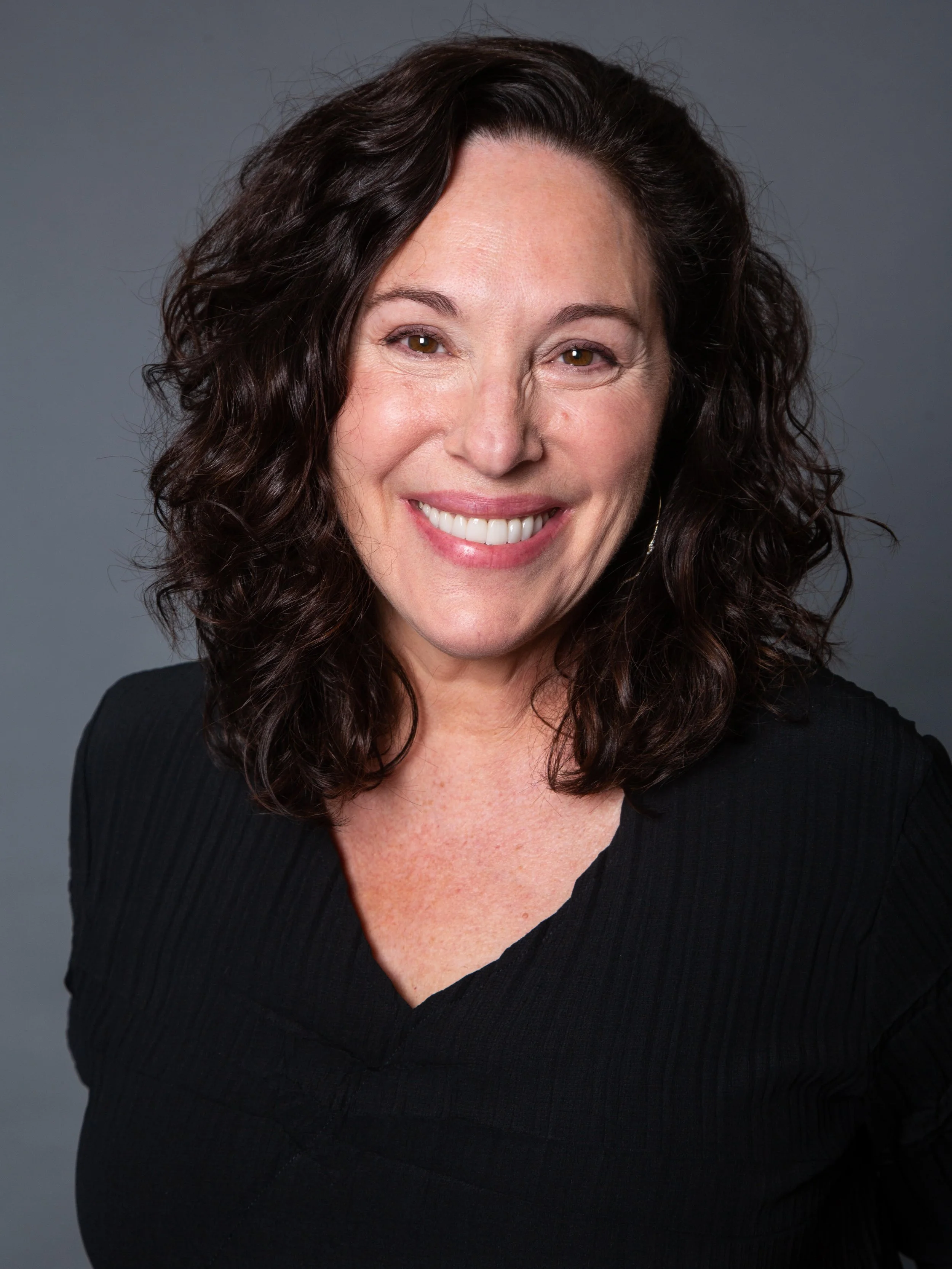Using Relationships to Heal
In today’s episode of the Understanding Disordered Eating Podcast, we will be sitting down with Jill Lewis. Jill is a licensed clinical social worker and is a certified eating disorder specialist, supervisor, and a certified group psychotherapist. She has a group practice in Atlanta, and they specialize in eating disorders and some other things like anxiety, depression, borderline personality disorder, family dynamics, etc. Jill works relationally, and offers individual couples family and group therapy. She also supervises other clinicians, is an active member of the American Group Psychotherapy Association where she serves as the private practice co-chair. She is also involved in the Atlanta Group Psychotherapy Society, where she is the social chair and is an active member of the International Association of Eating Disorder Professionals.
In this episode, Jill is going to dive deep into working with her clients relationally, how it looks like, how it works, and how a person can benefit from an interpersonal working group.
Listen to the Episode Now
Show Notes
[00:01 - 8:40] Opening Segment
I introduce our guest for this episode
Jill explains the meaning of psycho relational
cognize that the therapeutic relationship is a parallel process to relationships outside
discussing the emotional experience that comes up
What transference looks like vs countertransference
Transference: the feelings of the client and their reactions toward the therapist
Countertransference: how the therapist feels towards the clients
[08:41 - 33:52] What you Need to Know Interpersonal Working Groups
How people with eating disorders have relationships that got fractured
They tend to withdraw in their relationship when they’re more entrenched in their eating disorder
Avoidance of the world and connection
interpersonal process groups and the interpersonal relational helps clients connect
Helping clients show up as themselves
How an interpersonal working group can help
It's all about how we connect through relationships
group work is the primary modality that tends to help even more so than individual
Working with clients in group or in individual therapies
How having different energy from clients that aren't your own can help
What usually happens in a process group
Requirements to join a process group
Must show up for 3 months
Informing the group if you cannot join the group
Roles of the therapist in the group
Helping bridge between the individual sharing
Subgrouping, linking people together
Steps to join a group
Check out American Group Psychotherapy Association
Ask the advice of dieticians
Have 10-minute phone conversation to assess if the group is the right fit
Schedule a consultation
Therapist who want to incorporate process groups in their practice
Join trainings and webinars
[33:53 - 43:34] The Importance of Supervision for Therapists
How Jill approaches supervision and group therapy
Shoutout to Morgan.
Connect with Jill through the links below
Final words
Connect with Jill Lewis on Instagram, or send her an email at jill@jlewistherapy.com. You can also check out her website at www.jlewistherapy.com.
Tweetable Quotes
“Most of the experiences that clients are struggling with when it comes to disordered eating and eating disorders is avoidance of the world, and avoidance of connection.” - Jill Lewis
“I don't think [people with disordered eating] can probably heal in the way they need to, without getting to some sort of relational work.” - Jill Lewis
More From Rachelle
Hey there! I’m Rachelle, the host of the Understanding Disordered Eating Podcast. As a Licensed Mental Health Counselor, I work with clients to make sense of life’s messy emotional experiences.
I believe in the power of deep work and its positive impact on your life in the long term. Learn more about how we can work together here.
You can connect with me on Instagram, through my website or email me directly clicking the links below.
Subscribe & Leave A Review!
If you enjoyed this episode, you can show your support by leaving a review, subscribing, or sharing with someone who may need help. Click here to open this show in iTunes and leave a five star rating and review.
More Episodes








